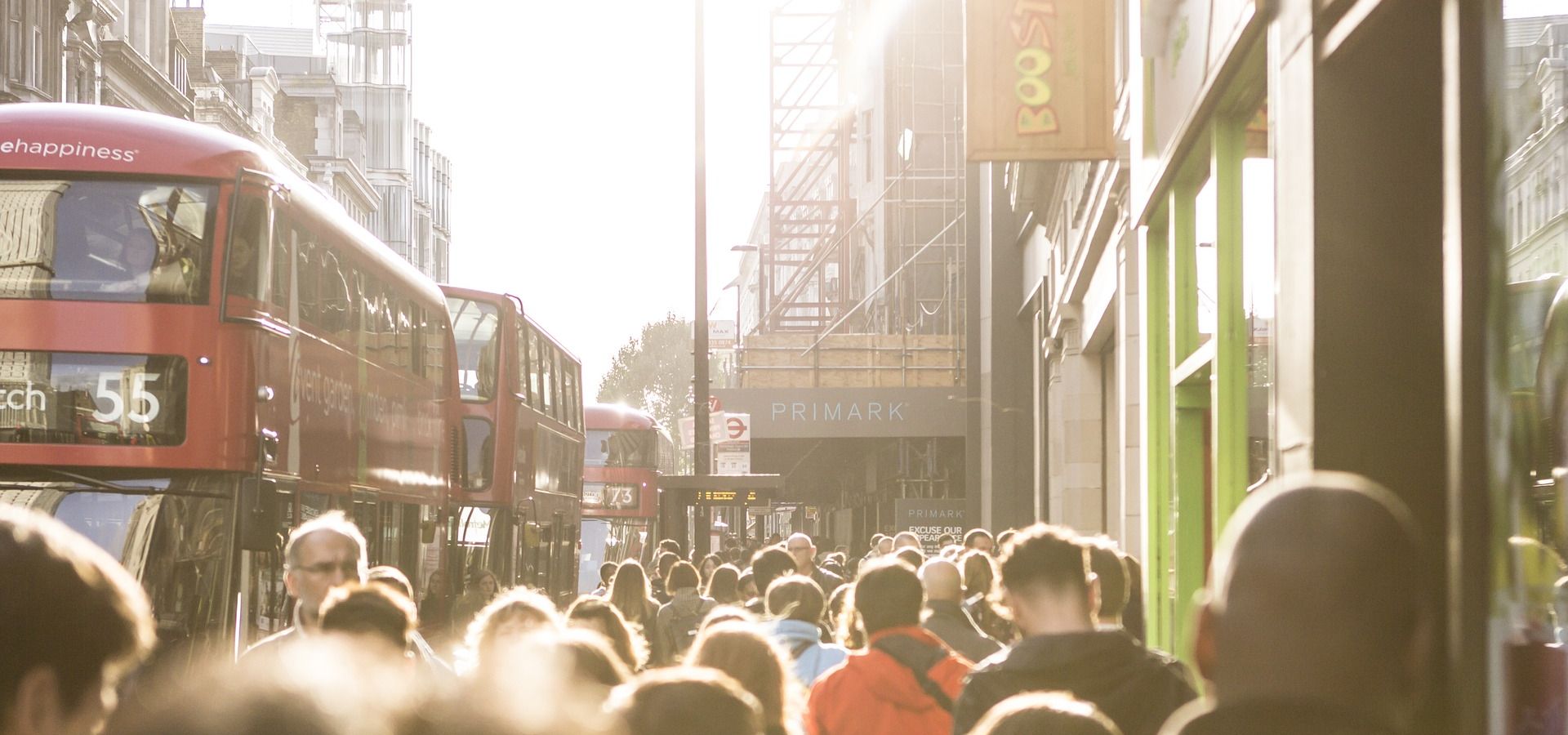London Mayor Sadiq Khan unveiled the world’s first 24-hour Ultra Low Emission Zone boasting the world’s toughest vehicle emissions standards in an effort to help reduce toxic air pollution and protect public health. Joshua S Hill takes a look.
London’s Ultra Low Emission Zone (ULEZ) has been in the cards for a while now, ever since Mayor Sadiq Khan announced his plan back in November of 2017. The announcement of the planned ULEZ followed hot on the heels of the City’s Toxicity Charge (T-Charge) introduced in October which was aimed at deterring older and the most-polluting vehicles by imposing a £10 Emissions Surcharge per day on entering the inner city — a move intended to pave the way for the introduction of the ULEZ.
Mayor Khan also announced his plans a month later to expand the ULEZ to include North and South circular roads for all vehicles, starting from the 25th of October, 2021.
The introduction of London’s ULEZ also beat out neighboring City of Oxford’s plans to introduce the world’s first Zero Emissions Zone which is expected to be introduced at the beginning of 2020.
On Monday, April 8 2019, London began its promised Ultra Low Emission Zone which will operate 24 hours a day, 7 days a week, 365 days a year, and replaces the City’s T-Charge but operates alongside the Congestion Charge. According to the Mayor’s office, polluting vehicles account for approximately 50% of London’s harmful Nitrogen oxide (NOx) emissions, which has an economic cost to the capital of up to £3.7 billion every year, and £20 billion cost to the country every year.
“This is a landmark day for our city,” said Mayor of London, Sadiq Khan. “Our toxic air is an invisible killer responsible for one of the biggest national health emergencies of our generation. I simply refuse to be yet another politician who ignores it. The ULEZ is the centrepiece of our plans to clean up London’s air – the boldest plans of any city on the planet, and the eyes of the world are on us.
“This is also about social justice – people in the most deprived parts of London, who are least likely to own a car, suffer the worst effects of harmful air pollution. I will not stand by and watch children grow up with under-developed lungs in our city. The ULEZ is a vital step towards helping combat London’s illegal air.”
The ULEZ works simply: Any vehicle driving into the City that does not meet the new emission standard (petrol vehicles that do not meet Euro 4 standards and diesel vehicles that do not meet Euro 6) will have to pay a daily charge — £12.50 a day for cars, vans, and motorbikes, and £100 a day for lorries, buses, and coaches.
Londoners have already begun to shift their behaviors and, since the introduction of the T-charge, there has been a reduction of around 11,000 fewer vehicles per day in the Central London ULEZ zone, a 38% rise in the total number of compliant vehicles in the zone between February 2017 and March 2019, and an increase in the proportion of compliant vehicles in the Central London ULEZ zone from 39% in February 2017 to 61% in March 2019.
“The introduction of the Ultra Low Emission Zone is a central and crucial part of the fight to improve London’s air for the benefit of everyone’s health, and it is great to see that so many drivers and businesses have already taken action to make sure their vehicles are compliant,” said Alex Williams, Transport for London’s Director of City Planning.
“The ULEZ will nearly halve road-based NOx emissions in central London, reducing air pollution which has led to thousands of premature deaths in the capital and stunted the development of children’s lungs. We are also doing our bit to reduce road transport emissions across London. We have upgraded our bus fleet so that all buses in central London meet the ULEZ standard, with all buses across London ULEZ compliant by October 2020. We have already reduced NOx road transport emissions in the most polluted areas by introducing Low Emission Bus Zones and are encouraging the taxi industry to switch to cleaner vehicles, with more than 1,400 electric taxis now serving London’s roads.”
Joshua S Hill is a senior reporter for Cleantechnica.com. and writes about climate and energy.
This article has been republished from CleanTechnica. .
